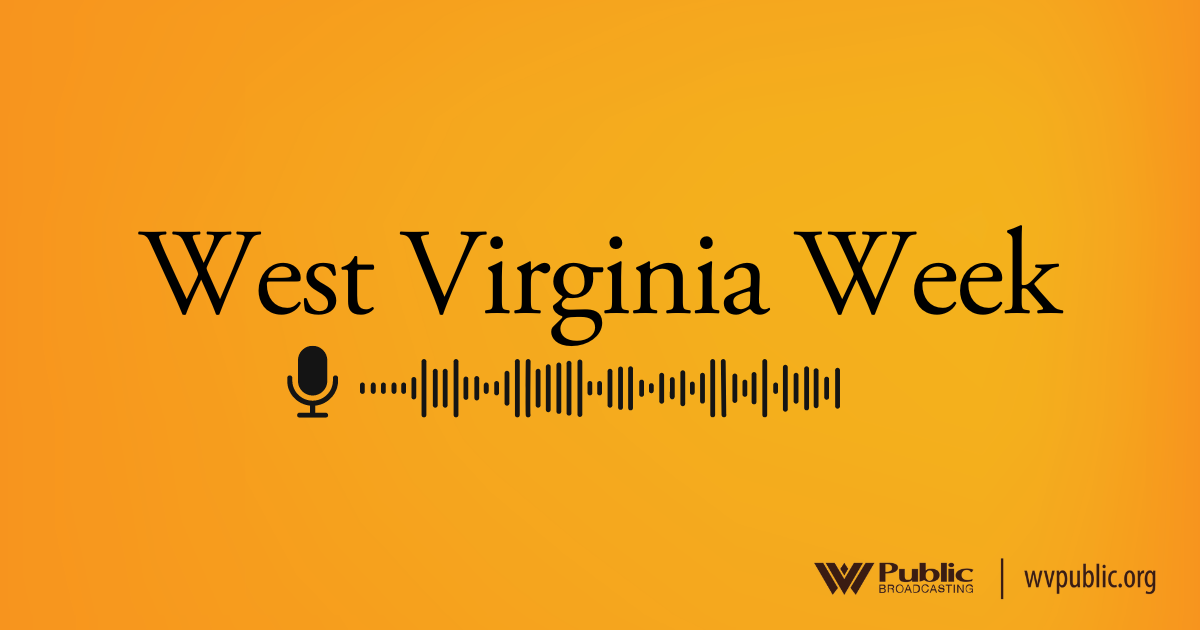State authorities are urging West Virginians to prepare for the upcoming hurricane season, even if they’re miles away from the nearest coastline.
During hurricanes, West Virginia often bears the brunt of heavy rainfall, flash flooding, powerful winds, tornadoes and landslides, according to a press release from the state Division of Homeland Security and Emergency Management.
On Thursday, July 11, the division advised residents to watch out for a tropical storm developing in the Gulf of Mexico that the National Hurricane Center said will become a hurricane by late Friday.
The most recent outlook from the National Oceanic and Atmospheric Administration anticipates nine to 15 named storms in the Atlantic basin hurricane season this year. Four to eight are likely to become hurricanes, with two to four becoming major hurricanes.
The first named storm of the 2019 season, Subtropical Storm Andrea, formed May 20 and dissipated the following day, the division said. Tropical Storm Barry is developing in the Gulf of Mexico now.
The rest of the names for the 2019 season are Chantal, Dorian, Erin, Fernand, Gabrielle, Humberto, Imelda, Jerry, Karen, Lorenzo, Melissa, Nestor, Olga, Pablo, Rebekah, Sebastian, Tanya, Van and Wendy.
In a statement from the division, Director Mike Todorovich said his group and others working for the state “stand ready to respond” to hurricanes and tropical storms.
“Our greatest priority is keeping our fellow West Virginians safe and being ready to respond and mobilize state assets when needed,” Todorovich said.
National Weather Service Issues Flood Watches, Warnings
The National Weather Service in Charleston and Pittsburgh also issued a flash flood watch for West Virginia counties on Thursday.
Both advisories will last until 8 p.m., Thursday, July 11. In many of these counties the ground is still saturated from recent rain storms, which could lead to faster flash flooding.
The Charleston-issued watch encompasses Lewis, Harrison, Taylor, Upshur, Barbour, parts of Webster, Pocahontas and Randolph counties.
The Pittsburgh-issued watch covers Brooke, Tucker, Hancock, Marion, Marshall, Monongalia, Ohio, Preston and Wetzel counties.
Pittsburgh’s office issued a much more serious flash flood warning for central Preston county and northeastern West Virginia, lasting until 8:30 p.m.
In a flash flood warning, the National Weather Service has deemed flooding imminent. During a flash flood watch, the National Weather Service reports there are favorable weather conditions for flooding.
Charleston’s flash flood warning applies to portions of Randolph, Lewis, Braxton, Upshur and Webster counties until 5:30 p.m.
